| A yearlong look at the hope and hype around hydrogen-powered cars |
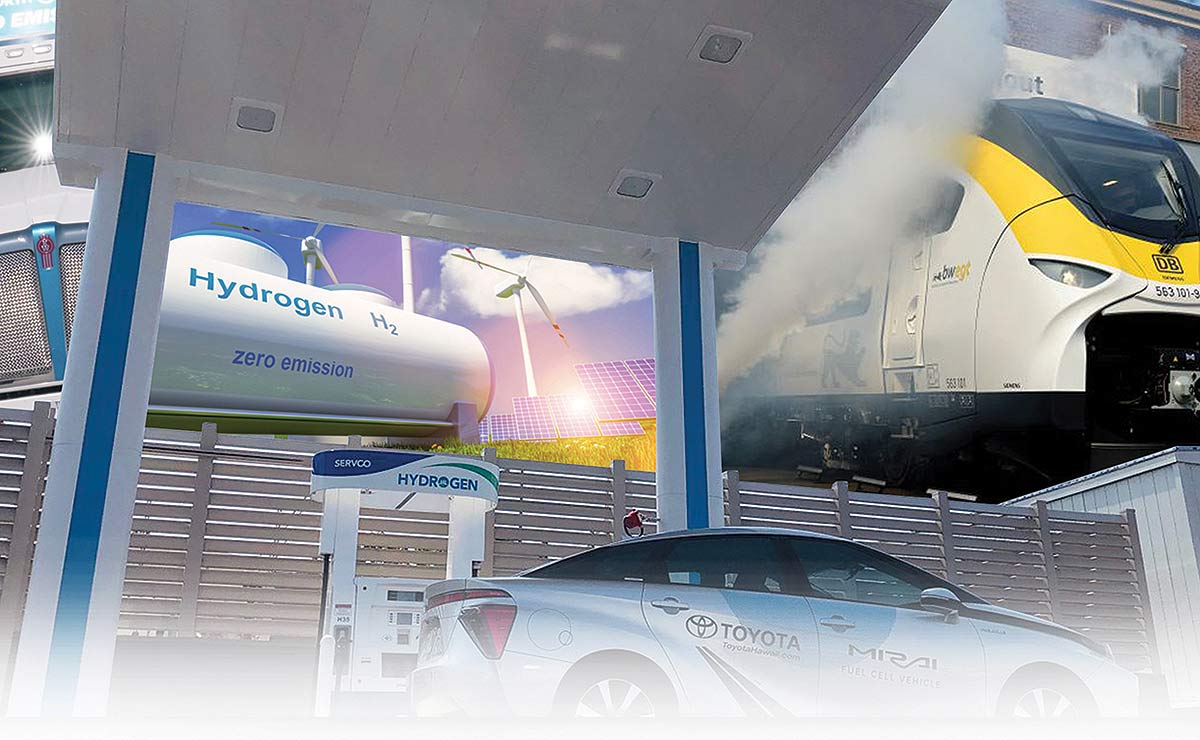
A fuel that emits nothing but water almost sounds too good to be true at a time when carbon-reduction efforts across the globe have reached a fevered pace. But at a simple level, that’s the promise of hydrogen.
An actual transition to hydrogen is far more complicated.
I wanted a better understanding of the hope and hype, so I traveled to the high desert of New Mexico, where modern-day efforts to develop transportation-related applications for hydrogen began at Los Alamos National Laboratory roughly a half-century ago.
That visit kicked off a yearlong exploration of hydrogen, which culminates in a special report this week that includes the following coverage:
■ Electric vehicles have captured the attention of the global auto industry and the federal government. But scientists at Los Alamos and other industry leaders make the case that hydrogen is a necessary complement to EVs if net-zero goals are to be achieved.
■ Can hydrogen save the internal combustion engine? Though most hydrogen-related efforts involve fuel cell technology, companies such as Toyota and Cummins think hydrogen combustion engines might replace diesel-burning ones as a viable path toward widespread deployment.
■ In part because of Los Alamos and other national labs in the state, New Mexico has positioned itself as a proving ground for the hydrogen economy. There, startups such as Pajarito Powder are driving advances that diminish reliance on the costly precious metals needed for fuel cells and hydrogen production.
Beyond climate change, there’s another reason for a surge in hydrogen demand. Russia’s war in Ukraine has renewed Europe’s interest in energy independence. In some fashion, it’s the same impetus that kick-started research at Los Alamos in the 1970s during the oil embargo.
Byron McCormick established those efforts at the lab, and then he went to General Motors to establish the company’s fuel cell technologies program, which is forging new applications across the transportation realm today.
He lives in New Mexico now. During my visit, he helped me understand that landscape, how automakers such as GM, Toyota and Hyundai all have hydrogen-related opportunities beyond passenger cars. Since then, I’ve kept tabs on a steady stream of headlines involving hydrogen’s use in maritime applications, across aviation, and especially in trucking.
In a rapidly changing world, drawing any hard-and-fast conclusions can be a risky proposition. But there are two I’ll make after spending a year weighing hydrogen’s merits.
One is that Monday’s special report is merely a chapter in our hydrogen coverage here at Automotive News; as venture capitalists, automakers and governments invest in hydrogen, our coverage will continue to reflect those developments.
Second, hydrogen’s promise has long been obvious, and reaching meaningful scale has long been arduous. The simultaneous challenges of energy security and global warming are fresh catalysts. Whether as a foundation for entire new economies, as some have suggested, or merely as a complement to batteries, hydrogen’s moment has finally arrived.
 |
|---|

 |
|---|
In Monday’s Automotive News:
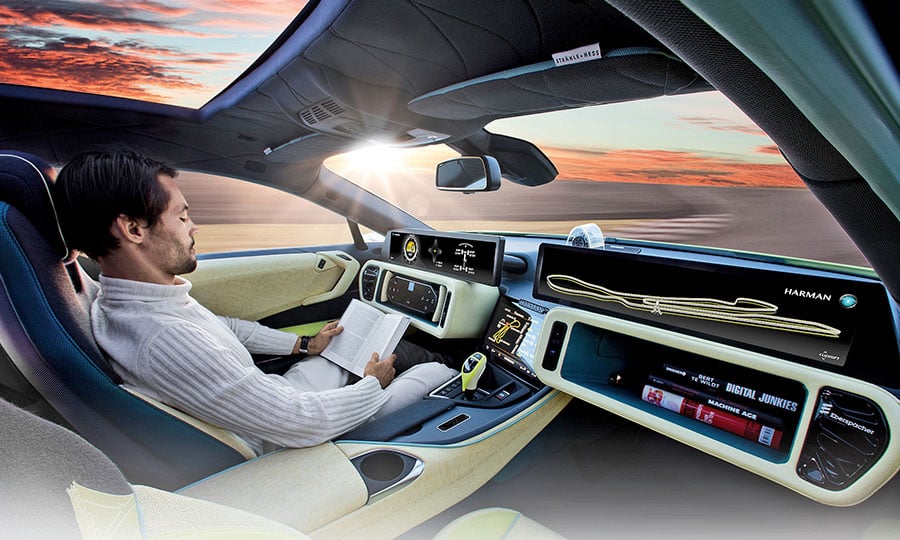
Dude, where’s my autonomous car? According to McKinsey & Co., over the last dozen years investors have poured $160 billion into the dream of autonomous transport. But except for a few test programs, it remains a distant goal. Automotive News looks at the state of autonomous driving, from the collapse of Argo AI to the traffic problems created by Cruise’s self-driving test vehicles to Elon Musk’s unfulfilled promise to turn Teslas into robotaxis. What are the difficulties facing the autonomous highway, and which solutions are starting to gain traction?
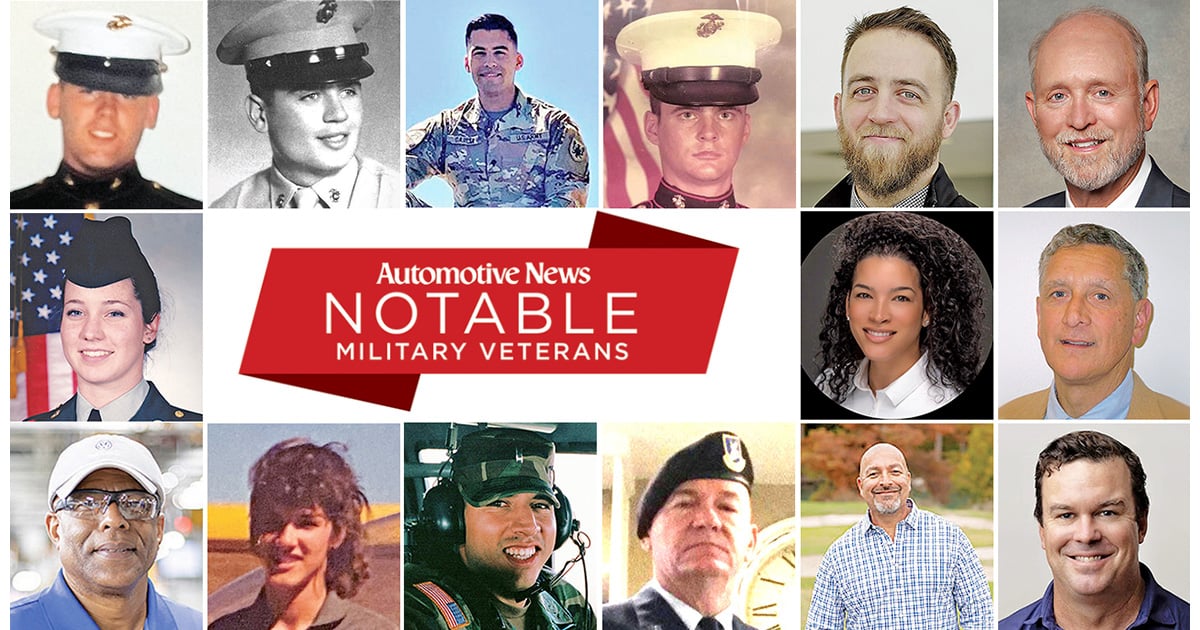
Honoring vets in the auto business: This year’s Automotive News list of notable veterans comprises 15 people who served in the U.S. Army, Marine Corps, Navy and Air Force who are making a positive impact in the auto industry. They were chosen by a panel of Automotive News editors and reporters from nominations submitted by our readers. Many are committed to helping other veterans transition to civilian life, and in some cases into an automotive career. One common thread among our honorees — all draw upon the discipline and perseverance they learned in the military to help solve today’s auto industry challenges.
 |
|---|
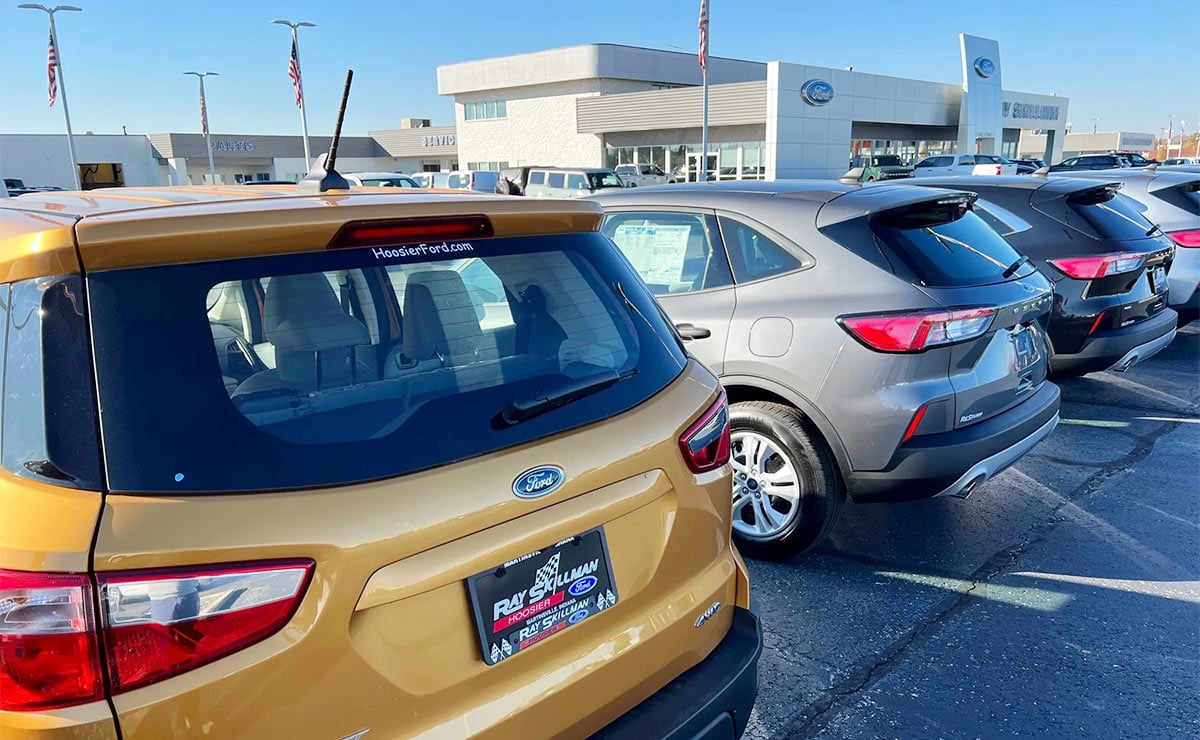
October sales gain: U.S. auto sales rose last month from the year-earlier period as inventory slowly improved and demand remained steady even amid rising interest rates and gasoline prices. Toyota was up by double digits for the second straight month while Hyundai and Kia also saw increases. Sales at Ford and Honda fell from a year earlier. LMC Automotive said light-vehicle sales grew by 11 percent to 1.17 million in October, the best month since April, and were off 11 percent for the year.
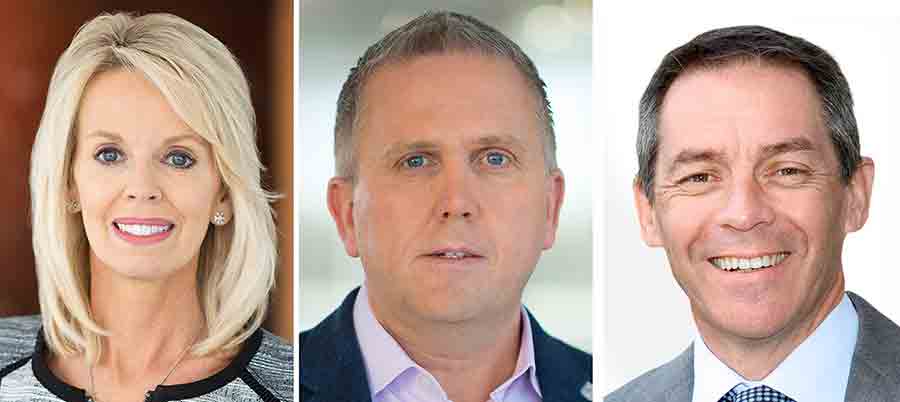
Ford executive retirements: Three top Ford executives, including the president of the Lincoln luxury brand, will retire in the coming months as CEO Jim Farley continues to shuffle his leadership team. Joy Falotico, 55, who has run Lincoln since 2018, and Stuart Rowley, 55, Ford’s chief transformation and quality officer, will both retire Dec. 1. Steven Armstrong, 58, the company’s vice president of India and South America transformation, will retire Jan. 1.

Toyota eyes price hikes in U.S.: Slammed by higher costs, microchip shortages and slumping profits, Toyota plans to increase sticker prices for U.S. customers to help soften the earnings blow. The announcement came as the automaker said operating profit fell 25 percent to 562.7 billion yen ($3.89 billion) in the July-September quarter.
 |
|---|
|
|---|
 |
|---|
 |
|---|
|
 |
|---|
Nov. 10, 1903: Mary Anderson receives a patent for the first windshield wiper — a handle-operated, rubber-bladed system “to remove snow, rain or sleet” from a car’s window.

